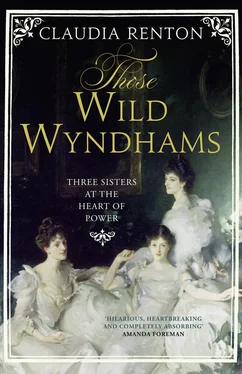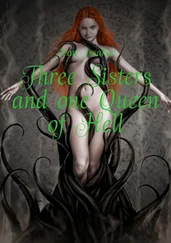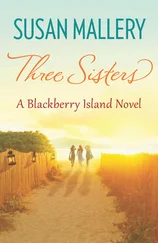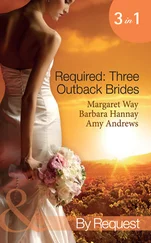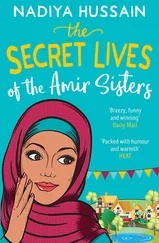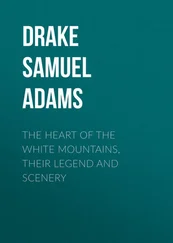ONE
‘Worse Than 100 Boys’

The eldest daughter of the portrait, Mary Constance Wyndham, was born to Percy and Madeline in London, in summer’s dog days, on 3 August 1862. Percy, called ‘the Hon’ble P’ by his friends, was the favoured younger son of the vastly wealthy Lord Leconfield of Petworth House in Sussex. The Conservative Member for West Cumberland, he had a kind heart and the family traits of an uncontrollable temper and an inability to dissemble. It was true of him, as was said of his father, that he had ‘no power of disguising his feelings, if he liked one person more than another it was simply written on his Countenance’. 1
Percy’s Irish wife Madeline was different. Known in infancy as ‘the Sunny Baby’, 2she was renowned for her expansive warmth. ‘She is an Angel … She has the master-key of life – love – which unlocks everything for her and makes one feel her immortal,’ said Georgiana Burne-Jones, who, like her husband Edward, was among Madeline’s closest friends. 3Yet in courtship Percy had spoken much of Madeline’s reserve – ‘you sweet mystery’, he called her, 4one of very few to recognize that her personality seemed to be shut up in different boxes, to some of which only she held the key.
Percy and Madeline were both twenty-seven years old. In two years of marriage, they had established a pattern of dividing their time between Petworth, Cockermouth Castle – a family property in Percy’s constituency given to them by his father for their use – and fashionable Belgrave Square, at no. 44. Madeline’s mother, Pamela, Lady Campbell, came over from Ireland for the birth, and during Madeline’s labour sat anxiously with Percy in a little room off her daughter’s bedroom. The labour was relatively short – barely four and a half hours – but it was difficult. Lady Campbell had threatened to call her own daughter ‘Rhinocera’ when she was born because of her incredible size. Mary, at birth, weighed an eye-watering 11 pounds. ‘[T]he size and hardness of the baby’s head (for which I am afraid I am to blame)’, Percy told his sister Fanny with apologetic pride, had required the use of forceps to bring the child into the world. ‘Of course we should have liked a boy but I am very grateful to God that matters have gone so well,’ Percy concluded. 5
Percy and Madeline’s daughter held within her person the blood of Ireland and England – a physical embodiment of the vexed union between the kingdoms. Mary grew up on tales of her maternal great-grandfather, Lord Edward FitzGerald, hero and martyr of the 1798 Irish Rebellion. Her own London childhood was punctuated by acts of violence by the newly formed republican Fenian Brotherhood. In 1844 Parliament had debated, at length, the motion ‘Ireland is occupied, not governed’. An ambitious young Benjamin Disraeli drew for the Commons a picture of ‘a starving population, an absentee aristocracy … an alien church, and … the weakest executive in the world’. 6While the novelist Disraeli may have been exercising a little artistic licence – certainly by 1873 only 20 per cent of Ireland’s aristocracy were technically absentee 7– fundamentally his depiction was, and remained, true. Mary and her siblings were brought up to mourn the fate of ‘darling Ireland’. 8With a Catholic strain passed down from Lord Edward’s French wife, they sympathized with the Catholic masses. Mary described herself and her younger brother George in childhood as ‘the Fenians of the family’. 9
Lady Edward – ‘La Belle Pamela’ – was officially the adopted daughter of Madame de Genlis, educationalist disciple of Rousseau. In all probability, Pamela was de Genlis’ biological child, by her lover Philippe duc d’Orléans. Orléans was Louis XVI’s cousin. He voted for the King’s execution during the French Revolution, then was guillotined himself when his royal blood rendered him counter-revolutionary. Mary’s was an exotic heritage, romantic, royal, with a hint of disreputableness. Like all her siblings, she was proud of it.
Mary was born at the cusp of a new age, as a myriad of developments – some welcome, others not – forced Britain and her class to reassess their identities. She was born within five years of the publication of Darwin’s On the Origin of Species and the famous Huxley–Wilberforce debate on evolution, which her father Percy had attended; 10the 1857 Indian Rebellion which led to control over the sub-continent being passed from the British East India Company to the British Crown; and Richard Burton and John Hanning Speke’s discovery of the Nile’s source. When Mary was born, the working classes (and all women) were still unenfranchised – only one in five men could vote. Neither William Gladstone nor Disraeli, those giants of the late Victorian political arena, had yet formed their own ministries. Upper-class women could not appear in public without a chaperone. During her childhood, Joseph Bazalgette built the Victoria and Albert Embankments to cover the new sewage system that meant the Thames was no longer the city’s chamberpot. The telephone and the first traffic light (short-lived, it was installed outside the Houses of Parliament in 1868, only to explode in 1869, gravely wounding the policeman operating it) were inventions of her early youth. Mary, who as a child had fossils shown and explained to her by her father, was born into a world ebullient in its capacity for exploration and invention but, in post-Darwinian terms, questing and unsure. The British were becoming, as Charles Dilke’s bestselling Greater Britain said, a ‘race girdling the earth’, 11but within their own country the patrician male’s stranglehold on power was being loosened. Mary, hopeful, endlessly curious, surrounded by novelty and change, was a child of that age.
Above all, Mary was the child of a love match – on one side, at least. It had been a coup de foudre for shy, crotchety Percy when as 1860 dawned he met Madeline Campbell in Ireland. Madeline was beautiful, dark and voluptuous, but she was more than that. Her earthy physicality exuded life, and enhanced it in others. ‘People in her presence feel like trees or birds at their best, singing or flourishing according to their own natures with an easy exuberance … she has a peculiar gift for making this world glorious to all who meet her in it,’ said her son George. 12
Percy and Madeline were engaged in London in July, and married in Ireland in October. During a brief interim period of separation, as Madeline returned to Ireland, Percy gave voice to his infatuation in sheaves of letters, still breathtaking in their intensity, that daily swooped across the Irish Sea. ‘[D]ear Glory of my Life sweet darling, dear Cobra, dear gull with the changing eyes, most precious, rare rich Madeline sweet Madge of the soft cheeks’, 13said Percy, pouring forth his love, longing and dreams for the future. With barely concealed lust he begged Madeline to describe her bedroom so he could imagine her preparing her ‘dear body’ for bed, and recalled, with attempted lasciviousness charming in its naivety, their brief moments of physical contact – a kiss stolen on a balcony at a ball; a moment knocked against each other in a bumpy carriage ride. ‘[I]f these letters don’t make you know how I love you, let there be no more pens, ink and paper in the world.’ 14
No corresponding letters from Madeline survive. Brief fragments of reported speech suggest she was more world-weary than her besotted swain. ‘Oh Percy, Percy, I don’t think you know very much about me, but that’s no matter,’ she told him. Some of her descendants think that there may have been a failed love affair in her past; if so, she successfully, and characteristically, erased all trace of it. 15Her reserve only strengthened Percy’s attraction.
Читать дальше
